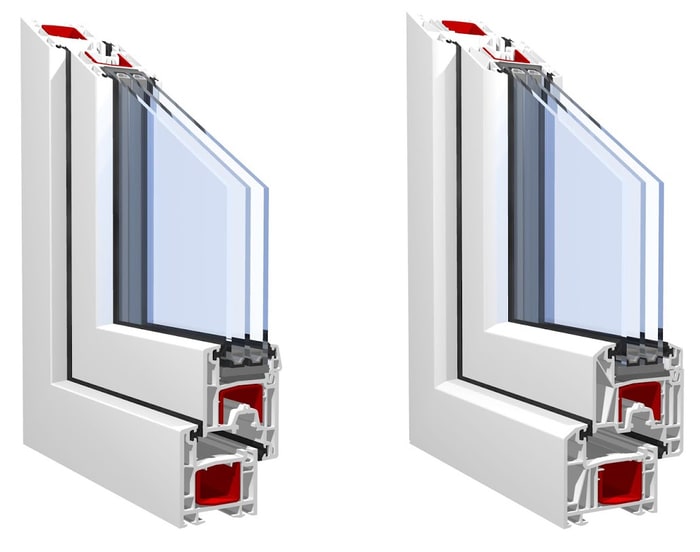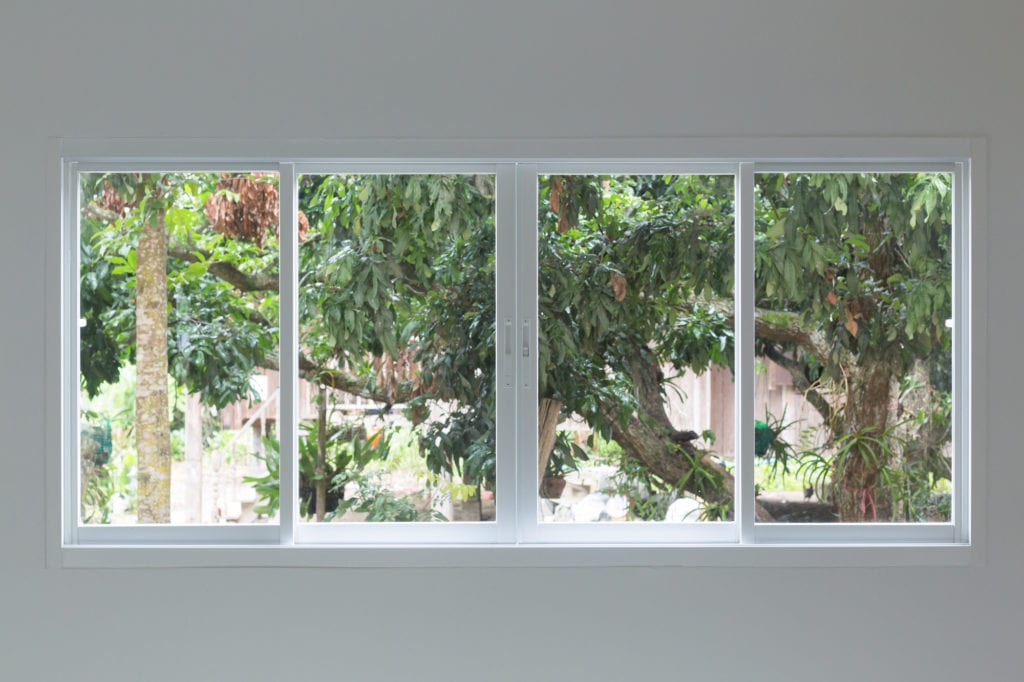All Categories
Featured
Table of Contents
4 Benefits Of Double Glazed Windows In The Summer in Padbury Western Australia
That window can send more solar heat in winter season than in summertime. A west-facing window on a summer's afternoon has an angle of incidence from near 0 up to 30 with a big efficient location of solar radiation. A north-facing window, in summer season, has a high angle of incidence and a low effective area of solar radiation, so can transmit less heat than a west-facing one.

You can rapidly and easily enhance the thermal performance of your house by replacing your windows. There are thousands of types of glass and frames to select from.
Double Glazed Windows Sydney & Replacement Windows in Hamersley WA
Single glazing with clear glass is not really efficient when it comes to heat loss or gain. To improve performance, you can use single glazing with a more energy-efficient type of glass such as low emissivity (low-e) glass.
Several layers can be assembled with sealed cavities in between each sheet of glass. IGUs typically offer better energy performance than single glazing, since they transmit less energy. The energy performance of IGUs likewise depends on: the properties of each layer of glass. Various glass types (for example, clear and low-e glass) can be created in an IGU.
Glazing And Glass Options - Smarter Homes in Forrestfield WA

IGU cavities can be filled with air or a more inert, low-conductivity gas such as argon the width of the cavity. Cavity density is generally 6 to 18mm. Broader cavities supply lower (better) U values, with 12mm generally accepted as the preferred space how well the cavity is sealed. Cavities must be dry and well sealed to prevent moisture getting in.
If argon is installed to the cavity in place of air, wetness is dependably left out the level of desiccant (drying representative). The spacer (metal or polymer strip) that separates the glass layers consists of a desiccant to soak up any wetness. Inadequate desiccant may trigger wetness to condense on the glass surface area in cold conditions, minimizing thermal performance.
4 Benefits Of Double Glazed Windows In The Summer in Murdoch Perth
In truth, IGUs can deliver better energy performance for all environments, specifically in heated and air-conditioned houses. Cross-section detail of single, double and triple-glazing systems Low emissivity glass (typically called low-e glass) reduces heat transfer. Low-e glass might be either high or low transmission: High transmission low-e glass has a finish that permits daylight from the sun to pass into your home to achieve excellent solar heat gain, but lowers the quantity of the long wavelength infrared heat that can escape back through the window.
Low-e glass has either a pyrolytic finishing or a vacuum-deposited thin film metal finish. Pyrolytic finishes are long lasting and can be used for any glazing; vacuum-deposited finishes are soft and are only utilized within IGUs. Low-e finishings can considerably improve both U value and SHGC; however, they must be utilized correctly or they will either weaken or stop working to perform as required.
Stay Cool This Summer With Double Glazed Windows - Aaa Glass in Mariginup Perth
Low-e finishings can be used in combination with clear, toned or reflective glass. Low-e coatings on glazing can reduce heat transfer where required Image: Department of Market, Science, Energy and Resources Toned glass has colouring additives included during manufacture. It is available in various colours, usually bronze, grey, blue and green.
Table of Contents
Latest Posts
How Much Money Does Double New Glazing Save? in Piesse Brook Western Australia
Does Double Glazing Reduce Heat In Summer Uk? in Hocking Western Australia
Summer House Windows Online - Windows24.com in WA
More
Latest Posts
How Much Money Does Double New Glazing Save? in Piesse Brook Western Australia
Does Double Glazing Reduce Heat In Summer Uk? in Hocking Western Australia
Summer House Windows Online - Windows24.com in WA